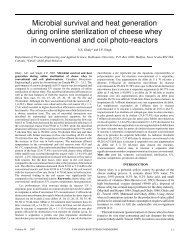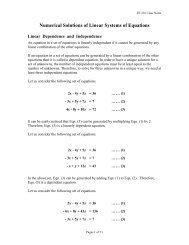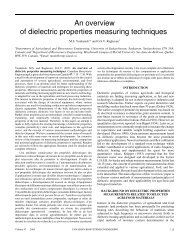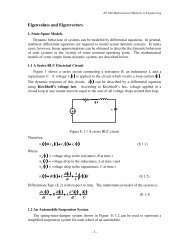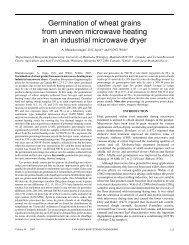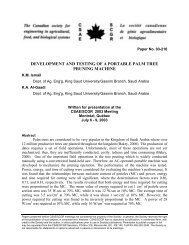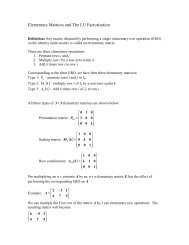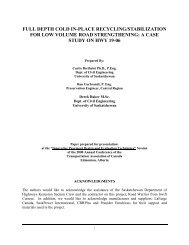Xilinx - Design Reuse Methodology for ASIC and FPGA Designers.pdf
Xilinx - Design Reuse Methodology for ASIC and FPGA Designers.pdf
Xilinx - Design Reuse Methodology for ASIC and FPGA Designers.pdf
You also want an ePaper? Increase the reach of your titles
YUMPU automatically turns print PDFs into web optimized ePapers that Google loves.
4The definition of SoRC is just beginning to evolve <strong>and</strong> in this book is defined as system levelintegration implemented on a Reprogrammable <strong>FPGA</strong> device. The SoRC definition is similar toSoC since it generally includes a compute engine, 50K of user logic gates <strong>and</strong> on-chip memory.The definition of SoRC includes partial system integration into multiple chips as well as entiresystem level integration on a single chip. The challenges facing SoC <strong>and</strong> SoRC designers aresimilar even if the entire system is not integrated into one single chip. However SoRC is notdefined as the gathering of glue logic, since SoRC designs contain system level integration issuesthat separate it from a general glue logic design.1.2 Why Use an <strong>FPGA</strong>?System-Level-Integration (SLI) using reprogrammable <strong>FPGA</strong> technology is made possible byadvances in IC wafer technology especially in the area of deep submicron lithography. Today,state-of-the-art waferfabs find <strong>FPGA</strong>s an excellent mechanism <strong>for</strong> testing new wafer technologybecause of their reprogrammable nature. Incidentally, this trend in the wafer fabs means that<strong>FPGA</strong> companies have early access to the newest deep sub-micron technologies, dramaticallyincreasing the number of gates available to designers as well as reducing the average gate costsooner in the technology life-cycle than be<strong>for</strong>e. This trend, together with innovative system levelarchitecture features, is leading <strong>FPGA</strong>s to become the preferred architecture <strong>for</strong> SLI.1.2.1 <strong>ASIC</strong> vs. <strong>FPGA</strong> <strong>Design</strong> FlowsFigure 1 illustrates a typical <strong>ASIC</strong> design flow as compared to a typical <strong>FPGA</strong> design flow. The<strong>FPGA</strong> design flow has some noticeable advantages:



